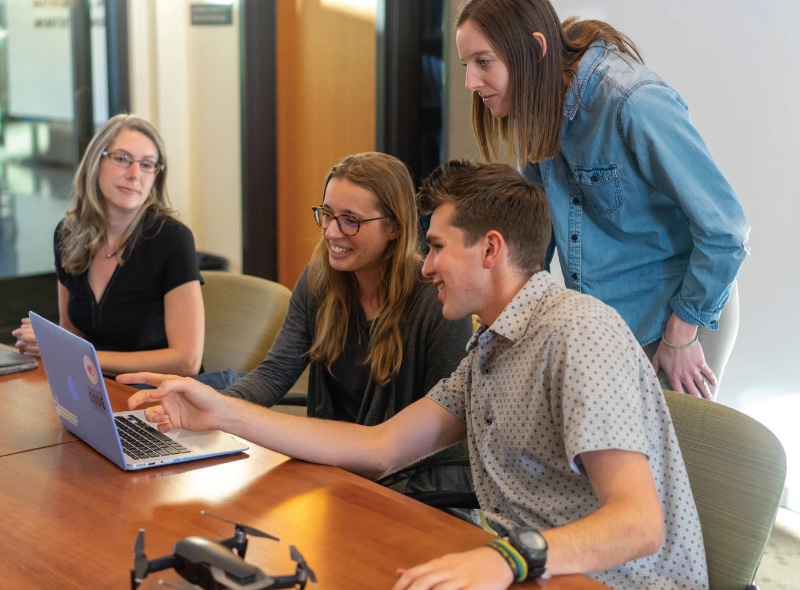
4. Cross-Train
This section has little to do with audio. We do it all at my job. While I primarily focus on audio there are two other people just as focused on lighting and video. Make sure trainees get equal time in the other departments. This is great because it gives them a sense of what other departments are doing during a load-in, show, and load-out.
While it may be the trope that young people have no idea what they want, that does not exclude them from having tunnel vision. Sure, they may want to be behind an audio console this week, but perhaps when they learn what a video technician does, their interest may change. Plus, having a well-rounded event technician is a plus to you as the employer.
In addition, cross-training makes them a marketable technician once they leave the shelter of school or whatever volunteer position they’re in and venture out into the “real world.” Especially in our gig-economy, sometimes you can’t pass up work. If there are no audio calls at the moment but they can get on a lighting or video call, then more power to them.
5. Set Them Up For Success
Make sure responsibility grows at an appropriate rate. Just as we started them out with the basics of equipment, the same is true for the shows they work. Some folks may be itching to get in on a big show and be behind the console right away, but that may be a disservice to them.
I believe that one of the biggest things to train is how to be in the right headspace when working an event. And by that I mean knowing what to expect but at the same time being prepared for the unexpected. This is something that comes with experience. You can’t be prepared for an impromptu 40-piece children’s choir until it’s happened. It has actually happened to me and is a story for a different day, but the point is, as technicians work more events, they experience more situations and that helps them be prepared for whatever may come.
I find the best event to start students working is karaoke. The gear is simple (a small console, a few mics, monitor, and playback), it’s low-stress, and it will never sound good. The bar is very low. They can play with EQ, experiment with effects, and so on, all while knowing that they can’t really make the show any better or worse.
6. Let Them Make Mistakes
Mistakes are a necessary part of learning, and as trainers and mentors, we need to allow for them in the learning process. This isn’t to say we should shove them off the deep end (see the previous section), but rather, that we should allow those who we’re supervising to make mistakes and get frustrated. Eventually they’ll figure it out on their own or seek advice.
I like to define a true willingness to learn as “acknowledging what you don’t know,” and we often don’t really know what we don’t know until we’ve made a mistake. It allows students to take a step back and consider, “What could I have done differently?”
Just as working more events builds knowledge of what to expect, making mistakes early in the learning process builds knowledge of what not to do. If this happens enough then eventually people realize that they may not have all the answers. I know I sure don’t.
7. Know When To Take A Step Back
Finally, trainers and mentors need to know when to step back. In my sector of work in higher education, most of my clients are internal. It can very well be my boss’s boss’s boss who’s up on that stage, and if something goes wrong, you can bet I’ll hear about it from multiple people.
It’s very tempting to say that I have be behind the console every time the university president or provost, or whomever speaks. However, if I’m at the reins all the time then my students are not getting the opportunity to work those higher profile events. Knowing when to step back and let them takeover is important. Maybe not every one of my students will get to this pinnacle in their four or less years working for me, but for the ones that do it’s very satisfying.
